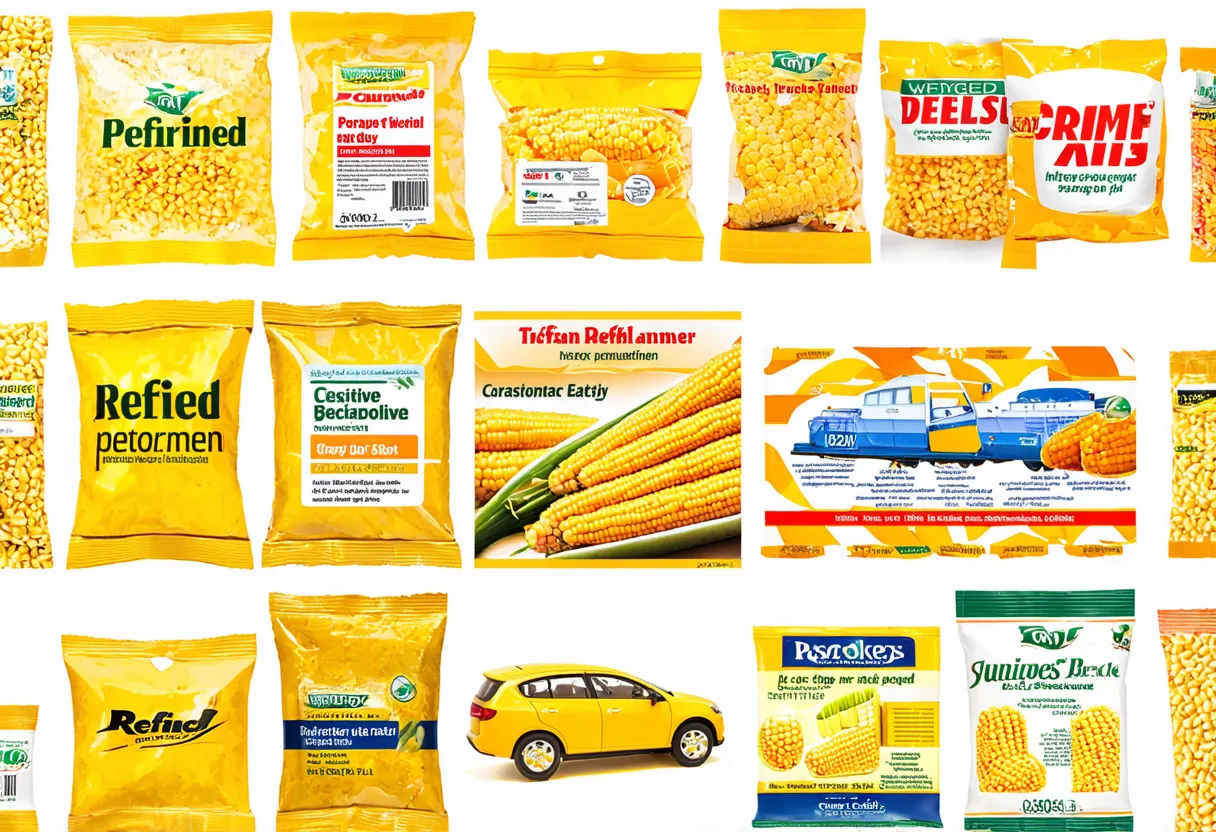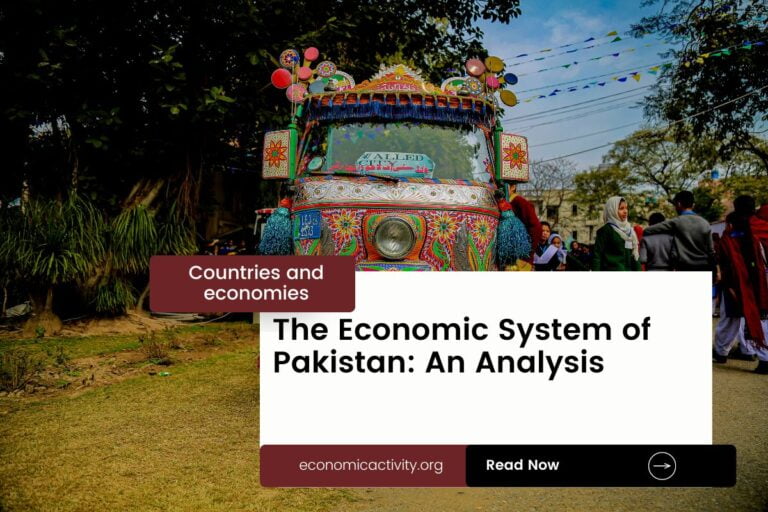Colombia, with a population of 51,874,024, is ranked 27th in the world, just behind Kenya. Located in South America, it covers a total area of 1,140,619.05 square kilometers, ranking 25th globally, just below South Africa.
Colombia’s economic position in 2022 showcases a GDP of $343.62 billion, ranking 42nd globally. It follows closely behind Hong Kong SAR, China, with a GDP of $359.83 billion. The GDP per capita in Colombia for the same year is $6,624.17, placing it at the 97th position worldwide.
Colombia trails behind Georgia, with a GDP per capita of $6,674.96. Despite facing challenges, Colombia’s economy continues to show resilience and potential for growth in various sectors.
What are the economic activities of Colombia?
- Primary activities: 7.2% of GDP.
- Secondary activities: 30.8% of GDP.
- Tertiary activities: 62.1% of GDP.

Primary Sector of Colombia
Colombia’s primary sector, dominated by agriculture, thrives due to its diverse climate and abundant natural resources. With 38.5% of the land dedicated to agriculture, the country produces a variety of crops and animal products. The main agricultural products include sugarcane, oil palm fruit, milk, rice, potatoes, bananas, plantains, coffee, maize, chicken, and avocados.
Despite contributing 7.2% to the GDP, agriculture plays a crucial role in providing livelihoods and ensuring food security. The sector’s significance lies in the wide array of products it offers, showcasing the country’s agricultural richness and importance.
With a diverse geological landscape, the primary sector thrives on abundant natural resources like petroleum, natural gas, coal, iron ore, nickel, gold, copper, emeralds, and hydropower, driving the economy through mining and energy production.
Colombia’s oil production of 736,351 barrels per day ranks 12th globally, with reserves of 2.3 billion barrels, representing 0.12% of world reserves.
Colombia’s gas production contributes significantly to the economy, ranking 42nd globally with 9.9 billion m³ in 2020.
Secondary Sector of Colombia
What is the secondary sector or what are secondary activities?
The secondary sector involves industries that transform raw materials from primary activities into finished products for consumption. In Colombia, major industrial products include textiles, food processing, oil, clothing, beverages, chemicals, cement, gold, coal, and emeralds. These products are manufactured for domestic consumption and export, contributing significantly to the country’s economy.
Manufactures in Colombia’s total exports only account for 20.4%, indicating their relatively minor importance in the country’s export sector in 2023.
Tertiary sector of Colombia
What is the tertiary sector or what are tertiary activities?
The tertiary sector in Colombia encompasses a wide range of services that focus on improving productivity and meeting various needs. Main activities in Colombia’s tertiary sector include healthcare and medical care, education and training, banking and finance, communication and information exchange, tourism and hospitality, transportation and logistics, and security and protection. These services play a crucial role in driving the country’s economy and enhancing the overall well-being of its population.
Of particular importance, Colombia’s tourism industry plays a crucial role in its economy, contributing significantly to its GDP. With an annual influx of 4,531,000 tourists, representing 0.0873 of the population, popular destinations like the vibrant Cartagena and the charming Coffee Triangle region attract visitors from around the world, driving economic growth and employment opportunities.
Another example of tertiary economic activity is the mobile cellular sector, with approximately 80 million subscriptions, fostering technological growth. This extensive connectivity enhances digital services and innovation.
Military Activities and Economic Sectors of Colombia
The military is a good example of many economic activities working together. In the primary sector, resources like metals are extracted for military use. The secondary sector includes the manufacturing of weapons and equipment. The tertiary sector provides services, such as training and support. The quaternary sector focuses on research and development for new military technology. Finally, the quinary sector involves high-level decision-making and strategy for military operations.
In 2023, Colombia’s military expenditure was 10,701.1 million US dollars, which is 3.07% of its GDP. The country has an active military force of 293,200 personnel. This means there are about 10.7 active military members for every 1,000 people in the population.
Biggest company in Colombia
Which is the biggest company in Colombia? It is Ecopetrol, founded in 1951. This energy giant has a market value of approximately 36.07 billion USD. Operating in the primary sector, Ecopetrol plays a crucial role in Colombia’s economy by exploring and producing oil and gas.
International Trade of Colombia
Import Activities of Colombia

Colombia’s import activities are crucial, representing 27.78% of its GDP, driving economic growth and meeting domestic demand.
Colombia’s major import activities include refined petroleum, cars, broadcasting equipment, corn, and packaged medicine. Its top import partners are the US (26%), China (25%), Brazil (7%), Mexico (5%), and Germany (3%).
Exports Activities of Colombia

In 2023, Colombia’s total exports amounted to $49,769,114,432.38, representing 20.58% of its GDP. This indicates a medium level of importance, highlighting the significant contribution of export activities to the country’s economy.
Colombia’s export activities are diversified, with its main partners being the US, Panama, Netherlands, India, and Brazil. The country primarily exports crude petroleum, coal, coffee, refined petroleum, and gold.
Colombia economy challenges in 2024
In 2024, Colombia faces challenges with delayed infrastructure investments despite a strong economy. Trade integration and infrastructure remain key concerns, impacting the domestic economy. Successful inflation management and a flexible exchange rate regime are strengths amidst these obstacles.



Leave a Reply